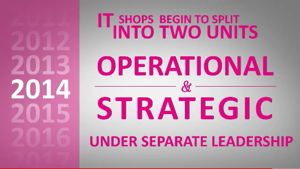She is one of the most courageous women I know. I watched a video she released today, and I cried. I showed it to Kay, and she joined me in crying. Joyful crying. Kay and I have 2 videos from Christine we want to share with you.
She and her special-guy husband made a huge career change a few years ago. They left behind years of youth ministry and a pastorate to run an RV park of mobile homes.
But that’s not the half of their courage.
They have adopted 3 very special needs kids who have serious emotional issues. They already had 2 kids with less serious emotional issues. Two of her adopted children have RAD, reactive attachment disorder.
Kay and I had the privilege of teaching a Sunday School with Christine in the class many years ago. Michael was the youth minister at our church.
Christine released this video today. Daughter Mackensie made this video of Christine and Mar celebrating Mar’s 3 years in the family. It’s not been an easy 3 years. Click here to read Christine’s blog post and watch the video. [Alert: Some of Christine’s blog posts are very raw, very transparent. Read other posts at your own risk!]
It’s good to see today’s celebration video first. Then you’ll understand the power in this second video from a year ago.
What a picture of love, both Christ’s for us and Christine’s for her children, especially the “unlovable”.
This is Easter week. Thank you, Christine, for this picture of total love.
Question: Do I truly “get” God’s love for me? The type expressed through Christ? The type Paul wrote about in 1 Corinthians 13? Do you?




